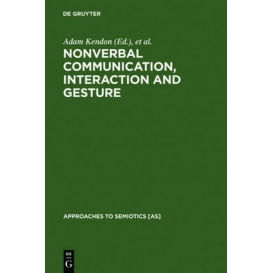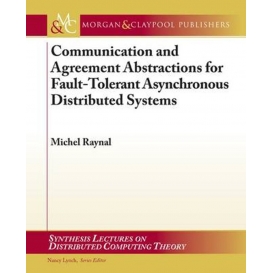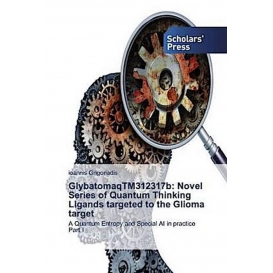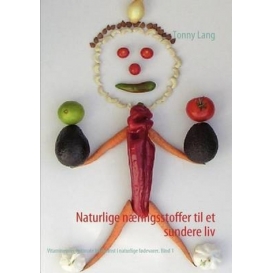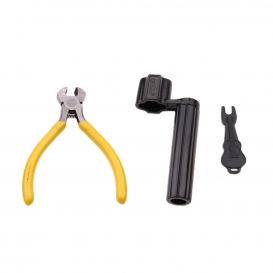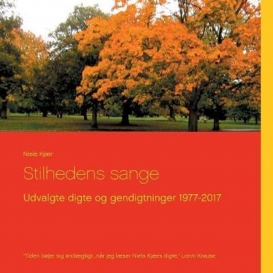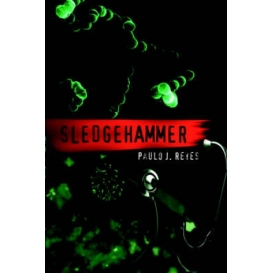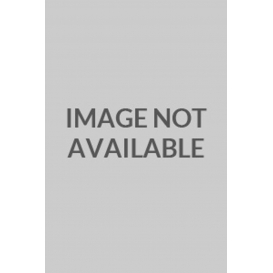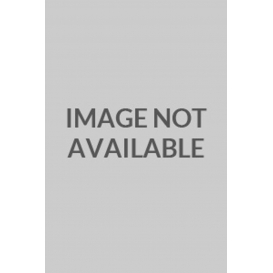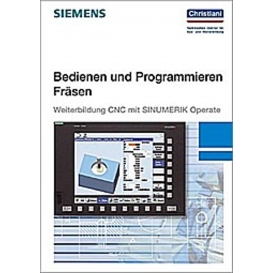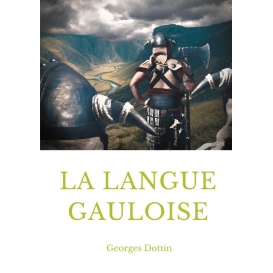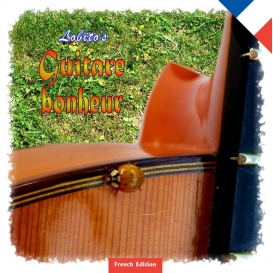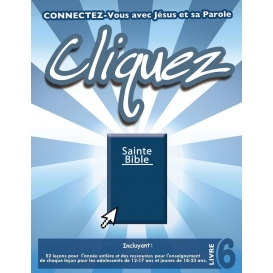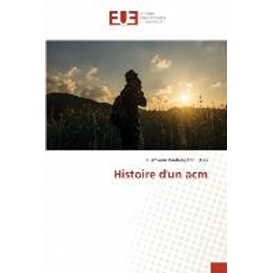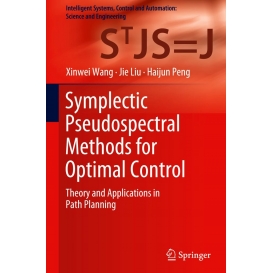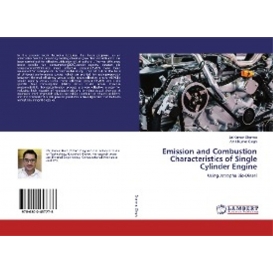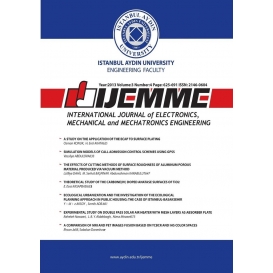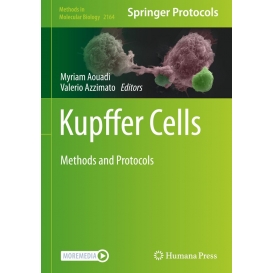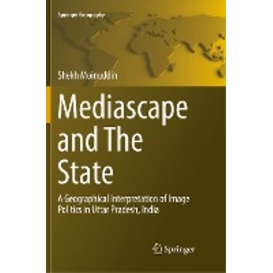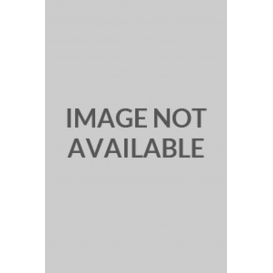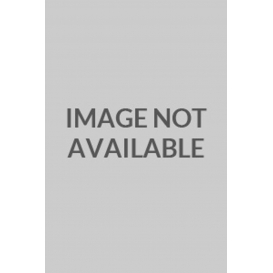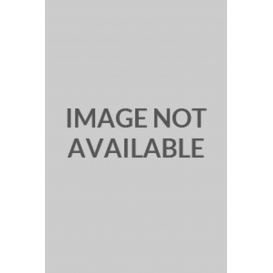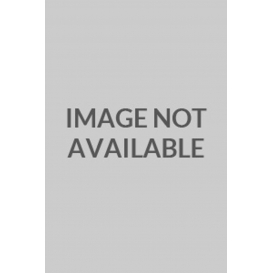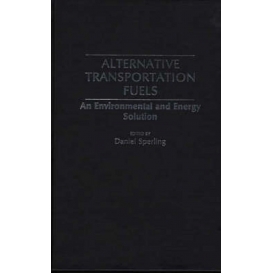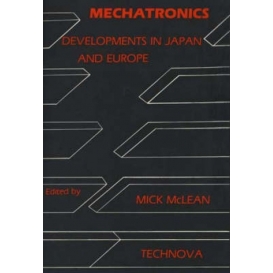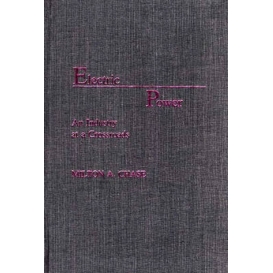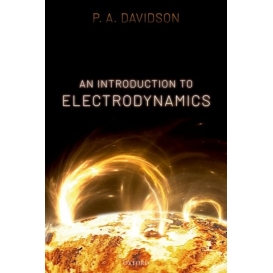Experimental Assessment and Enhancement of Planar Laser-Induced Fluorescence Measurements of Nitric Oxide in an Inverse Diffusio
New product
We have experimentally assessed the quantitative nature of planar laser-induced fluorescence (PLIF) measurements of NO concentration in a unique atmospheric pressure, laminar, axial inverse diffusion flame (IDF). The PLIF measurements were assessed relative to a two-dimensional array of separate laser saturated fluorescence (LSF) measurements. We demonstrated and evaluated several experimentally-based procedures for enhancing the quantitative nature of PLIF concentration images. Because these experimentally-based PLIF correction schemes require only the ability to make PLIF and LSF measurements, they produce a more broadly applicable PLIF diagnostic compared to numerically-based correction schemes. We experimentally assessed the influence of interferences on both narrow-band and broad-band fluorescence measurements at atmospheric and high pressures. Optimum excitation and detection schemes were determined for the LSF and PLIF measurements. Single-input and multiple-input, experimentally-based PLIF enhancement procedures were developed for application in test environments with both negligible and significant quench-dependent error gradients. Each experimentally-based procedure provides an enhancement of approximately 50% in the quantitative nature of the PLIF measurements, and results in concentration images nominally as quantitative as LSF point measurements. These correction procedures can be applied to other species, including radicals, for which no experimental data are available from which to implement numerically-based PLIF enhancement procedures.
Print on demand book, New Book, In English, Fast Shipping from our UK Warehouse, Experimental Assessment and Enhancement of Planar Laser-Induced Fluorescence Measurements of Nitric Oxide in an Inverse Diffusion Flame printed by BiblioScholar







